An important page has been turned at the Hambach factory on the Moselle. The last Smart Fortwo rolled off the assembly lines at the end of March, on Thursday, March 28. The end of almost 30 years of automobile history, as recounted in a special archive of the Republican Lorraine.
From site selection to the first generation of Smart
It was in 1994 when this location on the Moselle was chosen by the newly created brand at the initiative of Mercedes-Benz and the Swiss watch group Swatch around this two-seater microcar concept.
The factory was inaugurated by President Jacques Chirac and Chancellor Helmut Kohl on October 27, 1997, a few months before the start of production: the first production Smart left the factory on July 1, 1998.

With a fairly high-end positioning, the standard Smart is too far from the affordable “Swatchmobile” concept desired by Swatch boss Nicolas Hayek. His company withdrew from the project in November 1998.
Originally sold with a small 3-cylinder turbo gasoline engine of 599 cm3 (45, 52 or 61 hp), this first model, the “Smart City Coupé”, will be offered in diesel from 2000.
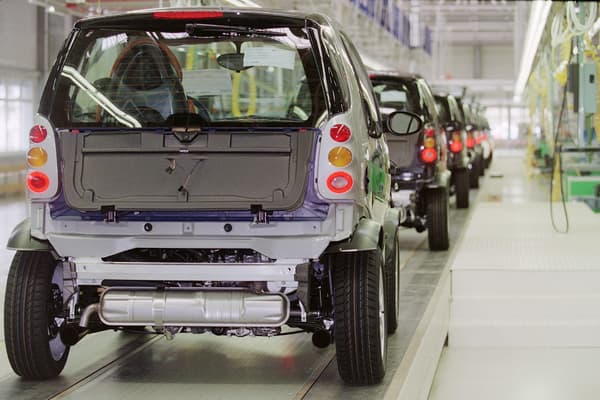
The convertible variant appeared the same year, before the very daring Crossblade version, limited to 2,000 examples. Without a windshield, you must use a helmet or special glasses to drive it.
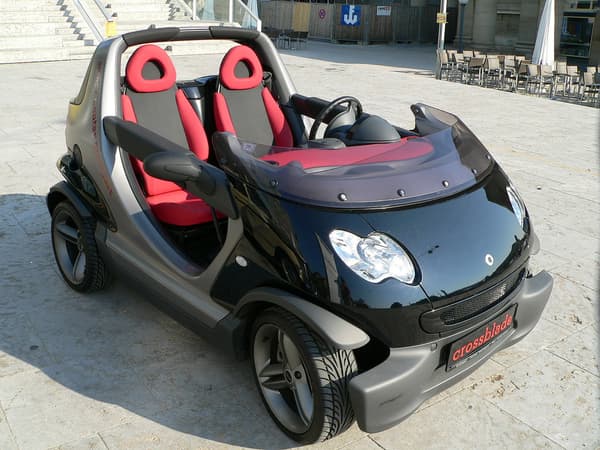
We can also mention the Smart Roadster, of which 43,000 examples were manufactured. A sports car based on the same base as the small “City Coupé”.
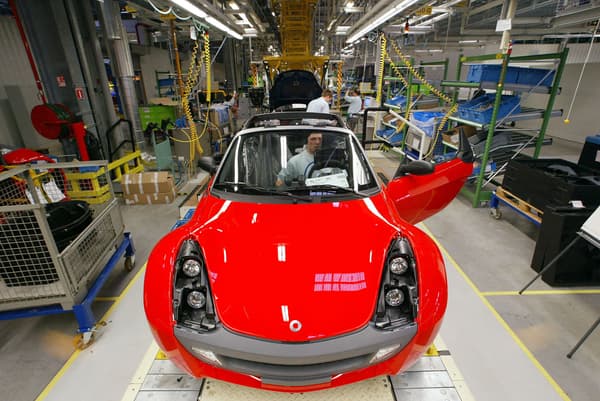
Two other generations of 2007
In 2007 a second generation was launched. It gains 20 centimeters in length to get closer to 2.70 meters: enough to benefit from a 380-liter trunk, but it is no longer possible to park perpendicular to the sidewalks. A feature appreciated in the first generation and that we find today in small “license-free” ones such as the Citroën Ami or the Fiat Topolino.
Starting in 2014, the third generation of the Smart “Fortwo” was launched, a name that comes from the appearance of a “Forfour” (4 seats and 5 doors) between 2004 and 2006, then between 2014 and 2021. These two variants share the same technical characteristics. base like the Renault Twingo III, which also allows it to maintain a 100% electric version by recovering the Zoé engine. The “zero-emission” versions of the Fortwo have already been offered on a limited basis since 2009 and, as of 2012, to the general public.
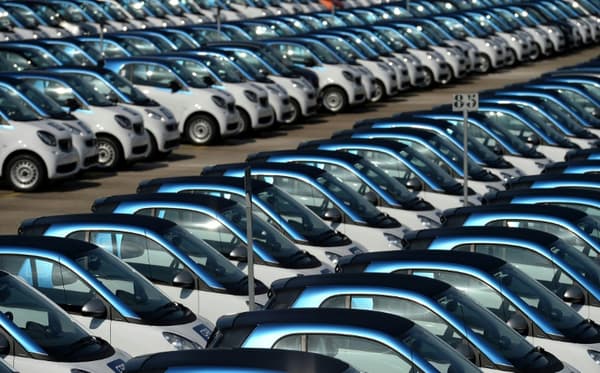
After a restyling carried out in 2019, only this EQ version (the Mercedes electric label) remains on the market, until this last example produced in March 2024.
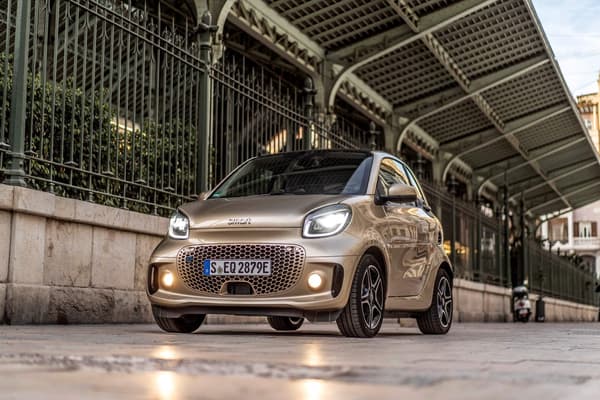
A factory converted to 4×4
If for a time Mercedes had announced its intention to produce an electric sedan in HambachThe site was eventually sold to British company Ineos in 2020.
Quite radical change of style: from the beginning of 2022, imposing Grenadier 4×4, gasoline or diesel, leave the Hambach factory.
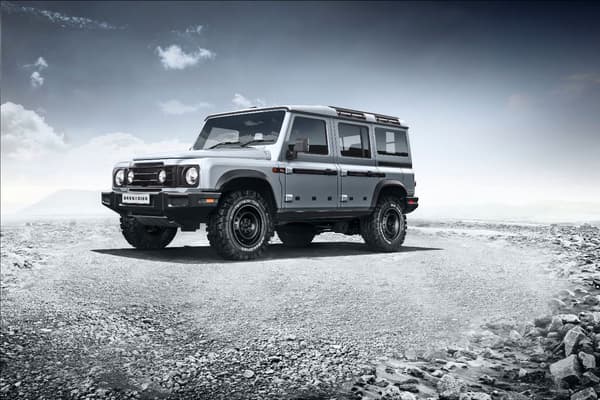
Smart, for its part, has started a new page in its history in China. Since 2022, the brand has been part of a joint venture between the Mercedes-Benz Group and the Chinese giant Geely. The first model of this new Smart is a 100% electric SUV, number 1, marketed in Europe since last year.
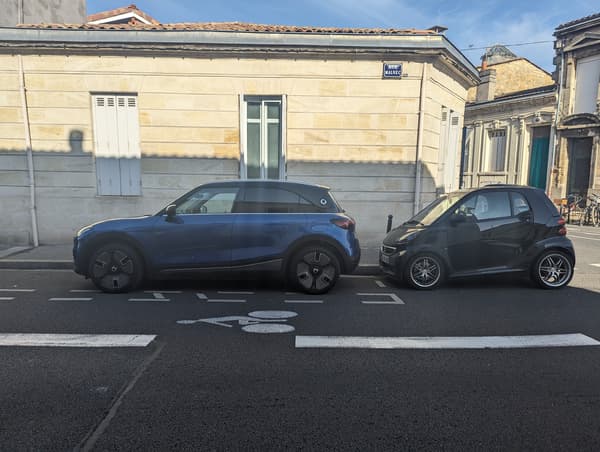
With an SUV coupe version, number 3, launched this year, it is not certain that Smart will ever restart production of a micro-urban car.
The Hambach factory, for its part, will retain the machines used to assemble the Smart Fortwo, potentially responding to the expectations of these Chinese manufacturers who wish to assemble a vehicle directly in Europe.
“Many Chinese manufacturers are trying to establish themselves in Europe. At one time there was a rumor about MG, but it was just a rumor,” reacts the factory director, Philippe Steyer, in the Republican Lorrain file.
A second Ineos model would also be considered between 2026 and 2027 to supply production at the plant that currently has 310 employees.
Source: BFM TV


